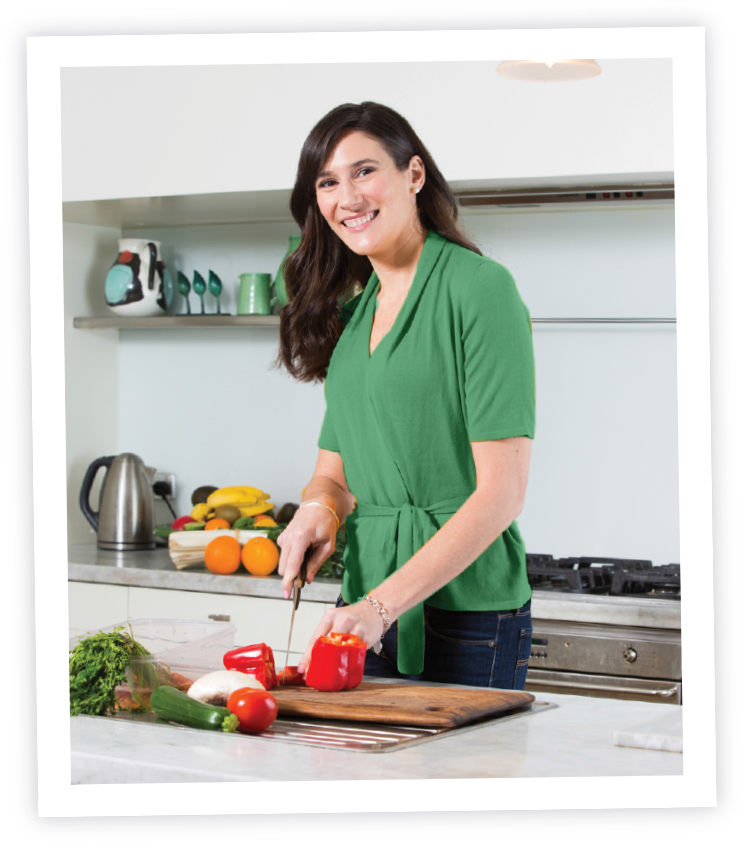If you’re wondering how to read baby food labels, you’ve come to the right place! There’s a few key differences for reading baby food labels compared to reading adult food labels, and as the first foods are so incredibly important, you want to ensure that you’re getting them right! Here are my favourite tips!
How to read baby food labels
Now whilst fresh is always best, there are times when some pre-prepared foods come in handy. But when you use commercially-prepared foods, it’s always a great idea to look at the labels on your products to see what’s in them!
Food labels can be confusing, but I’d recommend looking out for these 5 items…..
Number 1: Does your baby have any allergies?
If so, check the list of ingredients for allergens that may be problematic for your baby. It’s also important to look for a statement that the product ‘may contain traces of’. If your baby has a true allergy, you may need to avoid all traces of the allergen.
Number 2: Look at the Nutrition Information Panel for saturated fat
Saturated fat, also known as ‘bad’ fat isn’t healthy for your baby, so you want to keep levels of this low. Look at the ‘per 100 grams’ column and ensure that the food contains less than three grams of saturated fat per one hundred grams. ‘Good’ fats are healthy for babies which are growing quickly so don’t feel that these need to be restricted.
Number 3: Check that the product doesn’t contain too much sugar
The easiest way to do this is to look at the ingredients list and see if sugar is listed in the first three ingredients… if it is, you may want to choose another product. Remember that sugar can be given some deceptive names… it’s not always listed as sugar! So, look out for any types of syrups, any ingredients ending in ‘ose’ such as ‘dextrose’ or ‘glucose’, honey, molasses and fruit juice concentrate as well.
Number 4: Investigate the amount of salt
High intakes of salt can be harmful to baby’s immature kidneys. Look for salt less than one hundred and twenty milligrams of salt in the per one hundred grams column.
Number 5: Look for additives and preservatives
Many foods contain additives and preservatives and some children can be sensitive to certain compounds. Try to limit your baby’s intake of these where possible.
You may also like to consider looking for organic options which often contain less pesticides. Emerging research suggests that this may be better for your baby’s developing brain.
If you have further questions about what to look for on baby food labels, please feel free to comment below or contact me on my social media.

Get nutritious recipes
straight into your inbox!
Send your details now to receive Melanie’s recipes designed around a range of dietary needs including improved fertility, weight loss, general heath and wellbeing through improved nutrition. Receive the recipes specific to your needs.
As seen in







0 Comments